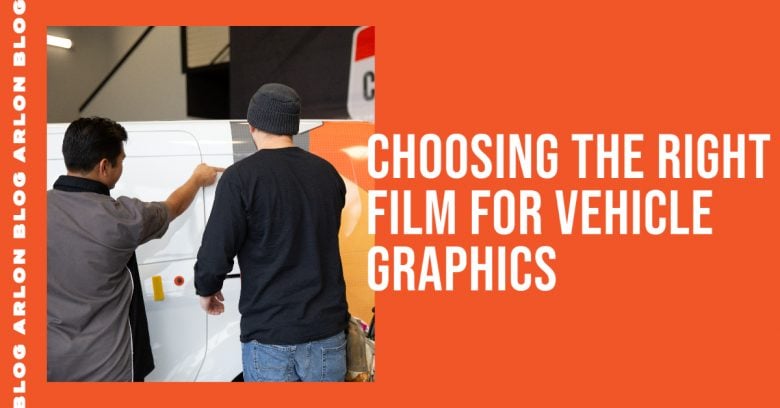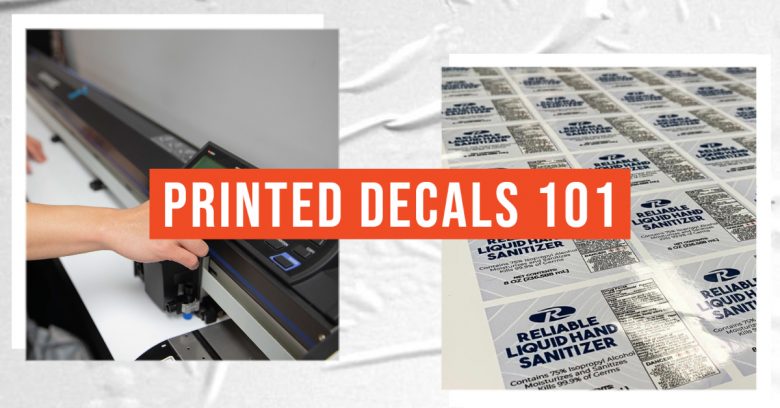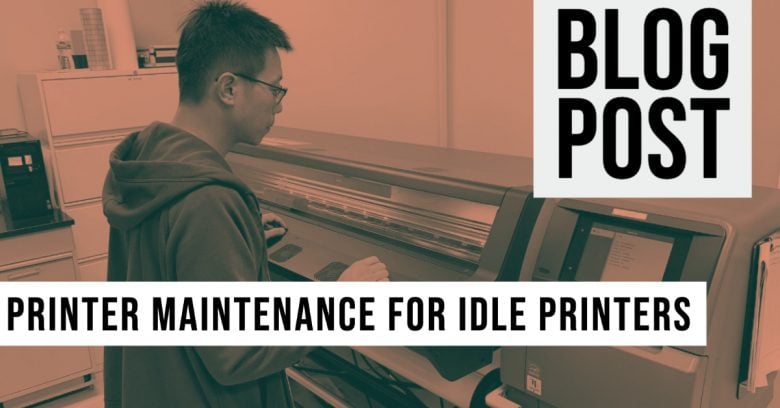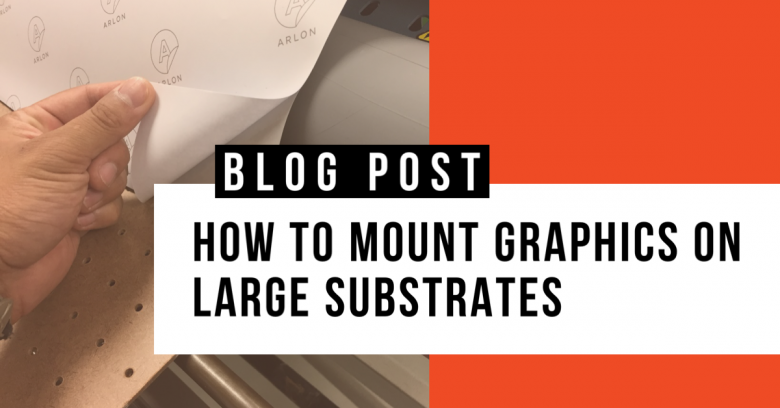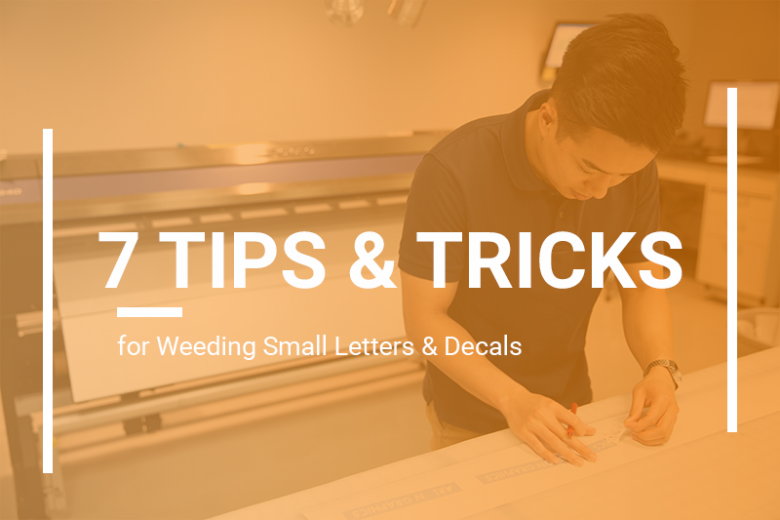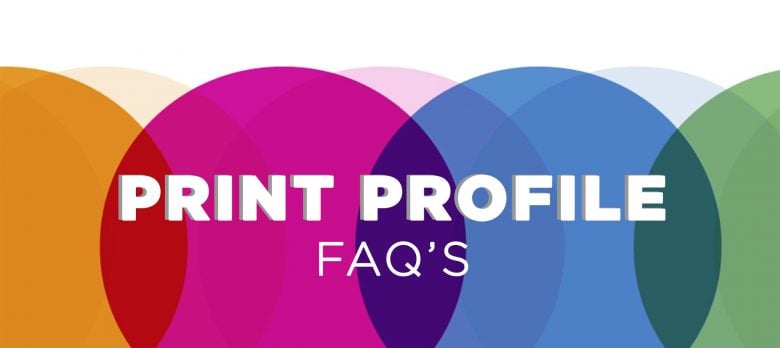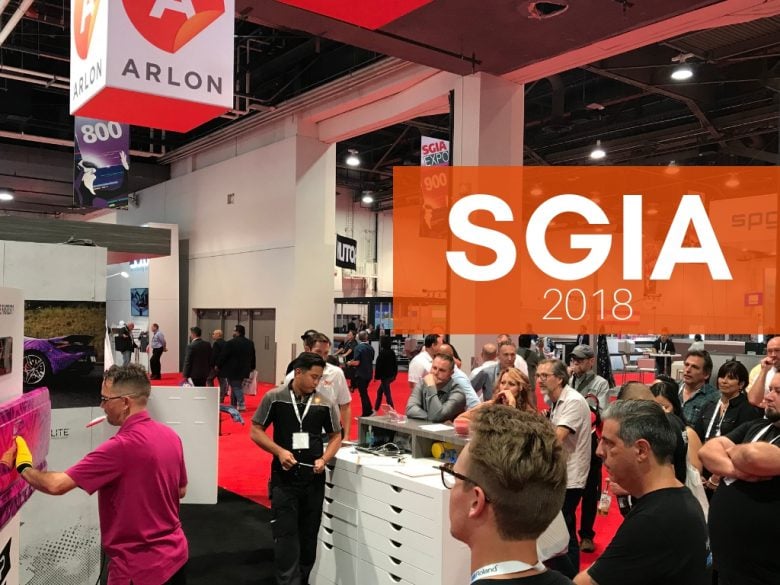The vehicle wrapping industry in EMEA is experiencing remarkable growth, driven by innovation and increasing demand. As we approach 2025, several key trends are shaping the future of this versatile solution for customisation, protection, and branding. Rapid Market Growth One of the most important signs of growth is the upward trajectory of the European vehicle […]
Choosing the right film for a vehicle wrap that caters to the project you are working on can be difficult. But taking the time to select the right film can lead to more efficient installations saving you time and money. To make your decision process easy, we’ve outlined the top eight questions to ask when […]
Signage is playing a monumental role in bringing awareness to ever-changing health and safety guidelines around the globe. As businesses transition into new phases, it’s often the little things like updating signage that can make a big difference. Our team developed a COVID-19 Downloadable Signs Part 2, to help ease your transition into the next phase. All […]
Producing printed decals is how many sign shops get started in the graphics industry. Nonetheless, if you’re just getting started or need a refresher, we worked with our Technical Expert, Louie Calma, to outline the basics of printed decals; from what blade to use to when you should vector vs rendor your project. Design First, […]
Printers run thousands of hours with repetitive motions, and while it can be time-consuming, investing time into printer maintenance is a crucial step in keeping your printer running efficiently. But what if your printer has been idle and out of commission for a few weeks? Should you take extra steps before firing up your first […]
In digital printing, UV printers and HP Latex R-Series now can print directly on a substrate, making mounting graphics on large substrates a thing of the past. Yet, not every sign shop will make that type of investment, and the alternative of mounting graphics on large substrates can be a challenge. To help this part […]
Free downloadable COVID-19 Signs for communicate essential information to the public, your customers, or your employees. Avalible in English and Spanish.
Do you know the hardest part of making small decals and letters? Weeding! If you are not familiar with weeding, it is removing all excess material from any decal or graphics that are cut-to-shape. Weeding small letters and decals can be a difficult task, but learning how to weed small letters and decals is crucial […]
Printer profiles are used daily in a print shop to achieve the highest quality color prints, and they play a significant role in the success of your project. Each vinyl manufacturer has different gloss levels and white points that affect the color of your graphics, meaning that even with the best print profile it’s important […]
A huge thank you to all that visited our booth at SGIA 2018 Las Vegas, NV! This year the show had more than 25,000 registered attendees with a sold-out Expo floor. The aisles were filled continuously with attendees excited to see the latest sign and graphics technology. Arlon had a very successful show, and in […]


